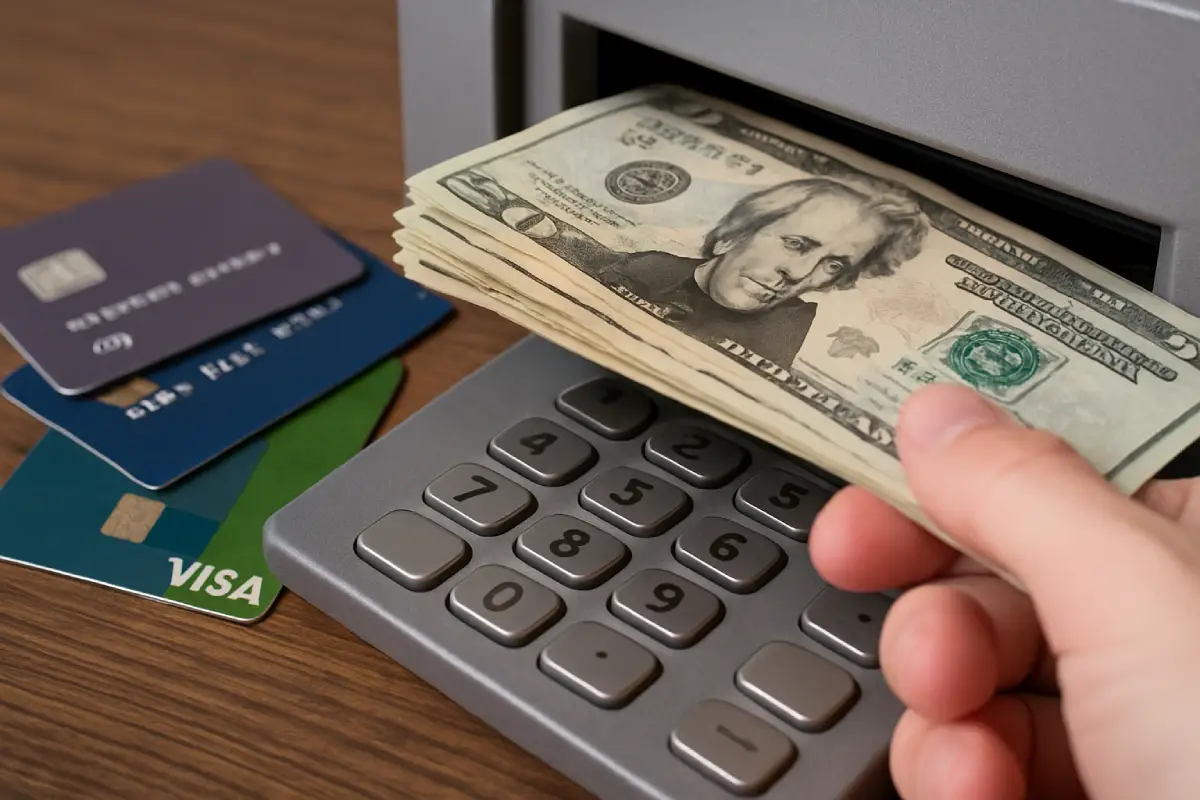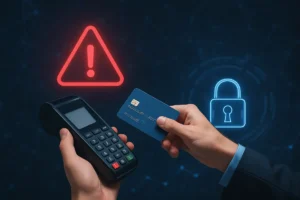
What Is a Cash Advance and How Do They Work?
Ever been stuck a few days out from payday with no cash and a bill to pay?
A lot of us have been there. Many people experience high levels of stress from short-term financial gaps, aligning with the fact that a cash advance by Koho could be a convenient solution.
But what is a cash advance exactly? And how does it work? Let’s lift the curtain on this mystery.
The Basics: What Is a Cash Advance?
A cash advance is a short-term loan that can help you pay for immediate cash needs when you don’t have enough money. You can get it from your credit card, an app, or a lender, and most of the time, it will be your next paycheque or your credit line that you’re borrowing against.
Think of it as borrowing money from your future self. These advances are meant to get money in your hands quickly and easily, but they come with promises and costs.
Common Types of Cash Advances
There isn’t just one kind of cash advance.
The more recognizable one comes from a credit card. Swipe your card, enter your PIN, and you can get your hands on cash up to a certain limit.
Then there are more payday-style advances, where you can borrow a set amount that you have to pay back in full, plus interest, on or before your payday. These are available at many lenders or through apps.
Some services are now offering more flexible, low-fee options that fit how you spend, like getting your own money faster.
How Do They Work, Step by Step?
The process is usually simple:
- You request an advance through a credit card, lender, or app.
- From there, the funds are sent right to your bank account or made available at the ATM.
- You repay it (including the fee or interest) in a set amount of time (usually a few weeks).
Repaying a credit card advance is just like paying for anything else on your credit card, but automatic repayments are tracked from there. Word of warning: interest starts accumulating as soon as you take out the advance, meaning you could be racking up a large bill!
With other types, the repayment may come automatically from your next direct deposit or maybe on a set date.
The Costs You Should Know About
Here’s where you need to pay close attention.
Cash advances can come with high rates and fees. Credit card advances are usually expensive, with a flat rate and a large interest rate (sometimes an APR over 20%). Payday advances can have a set fee for borrowing, or you could look at alternative providers with fees of percentage points that might appear small but start to grow the more advances you take.
When Is a Cash Advance a Good Idea?
Cash advances are not your means to a dream vacation or an impromptu shopping spree. They are an effective credit line only in a pinch. Your car breaks down, and you won’t be paid for another five days.
Or, your rent is due, but you are a few dollars short for the moment. In situations where the penalties, costs, or service shut-off associated with failing to get the money are more expensive than borrowing, it makes sense.
A Sign of a Bigger Picture?
Sometimes, those “occasional” cash advance needs are less about timing shortfalls and more about your budget signaling for a tune-up. Of course, a cash advance can be helpful in a bind, but the ultimate goal is not to borrow between pay periods. The goal is to put enough space between you and your current paycheck that the need for borrowing never comes.
A cash advance is not a tool but a bridge to help you navigate the speed bumps. Use it wisely, and you have control over your finances. Rely on it too much, and you might find yourself saying you need a tool to help take control of an overgrown garden; the garden hoe becomes a weed.


